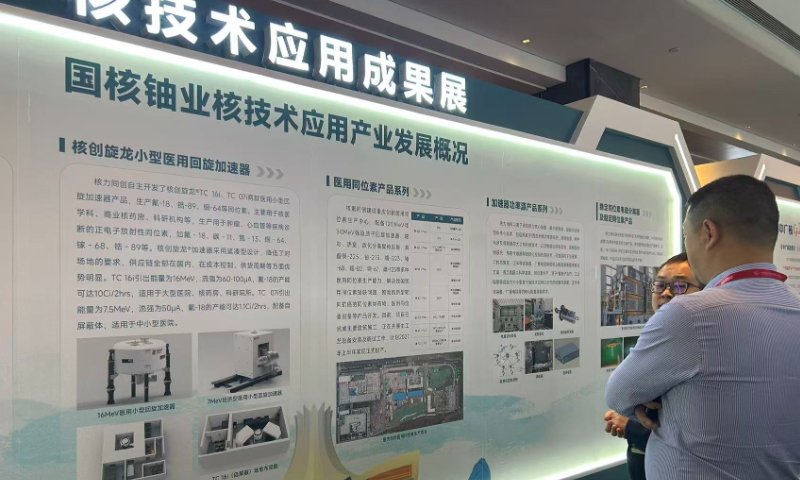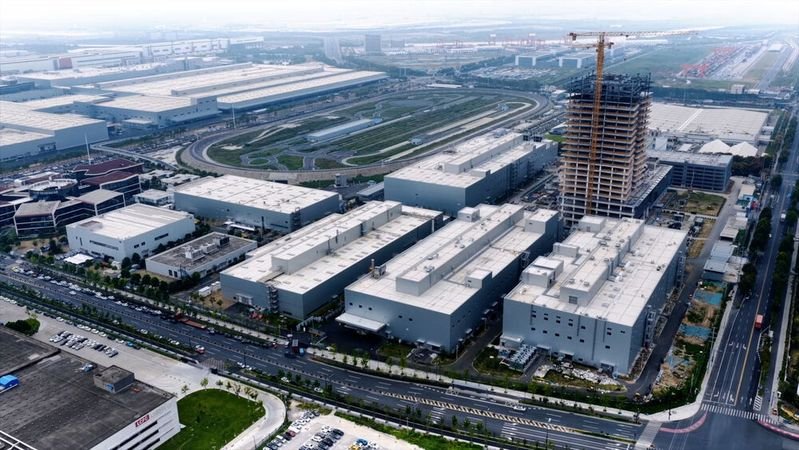Defence minister Rajnath Singh on Wednesday held talks with his Chinese counterpart Admiral Dong Jun at Vientiane in Laos and emphasised the need for the two countries to work towards de-escalation of the conflict in the sensitive Ladakh theatre on the back of the recent disengagement of Indian and Chinese armies from Depsang and Demchok, adding that it would help build greater trust and confidence between the two sides.

In the meeting held on the sidelines of the 11th Asean Defence Ministers’ Meeting (ADMM)-Plus, Singh also called for reflecting on the lessons learnt from the unfortunate border clashes of 2020, taking measures to prevent a repeat and safeguarding peace and tranquillity along the India-China border.
“Had an extremely productive meeting with the Chinese Defence Minister Admiral Dong Jun in Vientiane. We agreed to work together towards a road map for rebuilding mutual trust and understanding,” Singh wrote on X after the meeting.
Singh told the Chinese minister that border issues could not be decoupled from the overall bilateral relationship, HT has learnt.
Singh, who is on a three-day visit to Laos, will attend the ADMM-Plus on Thursday and address the forum on regional and international security issues. The bloc consists of Asean (Association of Southeast Asian Nations) countries, and its eight dialogue partners including India, China, Japan, Russia and the United States (or the “plus” countries.)
This was the first meeting of the two defence ministers following the recent disengagement in eastern Ladakh, and the meeting of Prime Minister Narendra Modi and Chinese President Xi Jinping on the sidelines of the Brics Summit in Russia.
Read more: ‘Need for cooperation rather than conflict’: Rajnath Singh tells Chinese counterpart in Laos
The disengagement was completed along the disputed Line of Actual Control (LAC), and patrols by both armies resumed, around 10 days after India and China on October 21 announced a breakthrough in negotiations to resolve their standoff in Depsang and Demchok, the last two flashpoints in Ladakh where the Indian Army and the Chinese People’s Liberation Army (PLA) were eyeball-to-eyeball since May 2020.
As part of the disengagement process, the two armies pulled back their forward-deployed troops and equipment from the two areas and dismantled temporary structures that had come up there after the military standoff began. Patrolling began after modalities were decided between ground commanders on both sides.
Disengagement from friction areas is the first step towards cooling border tensions. De-escalation of the lingering conflict and the eventual de-induction of rival soldiers must follow to restore peace and tranquillity in the sector. Both armies still have tens of thousands of troops each and advanced weaponry deployed in the Ladakh theatre.
In Vientiane, Singh said that amicable relations between India and China, the world’s largest countries, would have a positive impact on global peace and prosperity. “We need to focus on cooperation rather than conflict,” as both countries are and will continue to remain neighbours, he said during the meeting.
Singh also pointed out that as two major engines of growth, India and China have an important role to play in stabilising the world economy, adding that due to unfortunate events along the LAC, both sides lost four precious years. He said the two sides must address the root cause of the conflict to prevent such incidents from recurring.
Last month, India and China welcomed the agreement for disengagement of troops and resolution of issues along their disputed border, with Modi and Xi deciding to reactivate several mechanisms to resolve the boundary issue and normalise the bilateral relationship at their first structured and formal meeting in five years on the sidelines of the Brics Summit in the Russian city of Kazan.
The disengagement from Depsang and Demchok has not resulted in the creation of buffer zones, as had happened after the previous rounds of troop pullback.
India and China earlier disengaged from Galwan Valley, Pangong Tso, Gogra (PP-17A) and Hot Springs (PP-15), areas where buffer zones were created to temporarily restrict the patrolling activities of both armies in the region. The zones of separation were aimed at eliminating the possibility of violent face-offs. The lifting of the moratorium on patrolling these areas by both sides will depend on the outcome of further talks.










